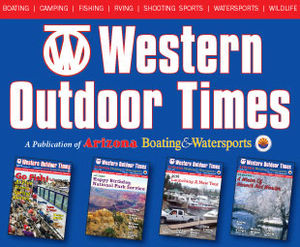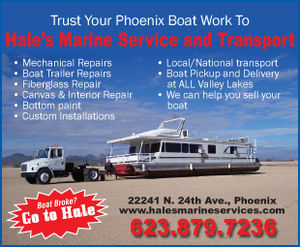Secured For Sea Or Not
Anchor Equipment - Attention to details
May 15, 2015
This safety alert serves to remind vessel operators and company technical managers of the importance of proper ship's anchor use, stowage, and maintenance. Anchor windlass brakes, riding pawls, and devil's claws must be used as designed and periodically maintained to ensure effectiveness and safety. It's critical that proper supervision and inspection be conducted during and after anchoring, retrieving and storage evolutions, and maintenance activities. When installing a replacement anchor, it must meet the vessel's technical specifications and fit correctly when housed.
Recently, a freight ship was underway in 15 foot seas when the forepeak flood alarms activated. The crew investigated and discovered the starboard anchor had slipped 10-15 links, causing it to strike and puncture the hull. As a result, seawater flooded the bow thruster and emergency fire pump compartment. The casualty resulted in excess of $1 million in vessel damage and a month's lost revenues while the vessel was out of service affecting repairs.
During the repair period, it was discovered that the anchor windlass brake pad had worn down to 2-3mm thickness. With only this amount of pad the fully applied brake could not achieve its designed holding power. The crew should have recognized the excessive wear to the brake pads and required replacement.
It was also discovered that the involved anchor had dissimilar specifications to the original anchor it had replaced. As a result, the replacement anchor's relative position in the hawse pipe was not the same because of its different shank length and connecting linkages. The size difference prevented the riding pawl from properly engaging the anchor chain.
As an added safety device, a wire sling had been used to secure the anchor. The wire sling was threaded through a chain link and secured to the vessel with a pelican hook. When the sling broke and the brake failed, the anchor's weight and ship's movement then caused it to drop before the riding pawl could properly engaged.
The sling failure was likely caused by the corrosion of the inner wire strands. The inner wire strands were exposed to the elements because of the sharp bend in the wire created by being fed through the chain link and secured by a pelican hook. The wire sling was inspected regularly; however, those performing the inspections were not instructed on how to examine and determine its serviceability.
The ISM Code's and Safety Management System's purpose are to detect, correct, and prevent circumstances as described in this alert. Companies must identify equipment and technical systems, subject to sudden failure, which may result in a hazardous condition, and provide specific measures aimed at increasing equipment reliability and ensuring integration into the ship's operational maintenance routine.
As a result of this casualty, the Coast Guard strongly recommends that vessel owners, operators, and company technical personnel ensure:
* All preventative maintenance programs are up to date and include specific language on anchor windlass equipment, particularly emphasizing when brake assemblies must be renewed or adjusted;
* When key vessel components, such as anchors, are to be replaced, that a proper company plan review occurs, taking into account all possible variables; and
* Persons involved with vessel maintenance and repair have technical resources available to assist in determining serviceability or replacement of shipboard equipment.
Lastly, the Coast Guard strongly reminds all maritime operators of the importance of performing regular maintenance and inspections on anchor handling components to keep them ready for immediate release in accordance with 33 Code of Federal Regulations 164.11(o).
This safety alert is provided for informational purpose only and does not relieve any domestic or international safety, operational, or material requirements. Developed by Sector Los Angeles - Long Beach - Investigations. For questions or concerns e-mail LT Patrick Brown - Patrick.J.Brown@uscg.mil.











Reader Comments(0)